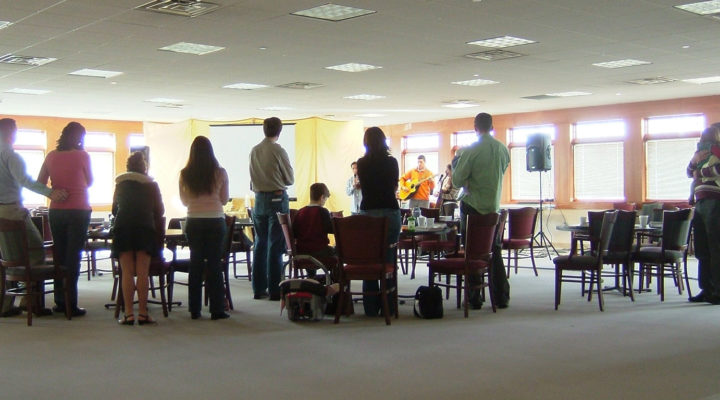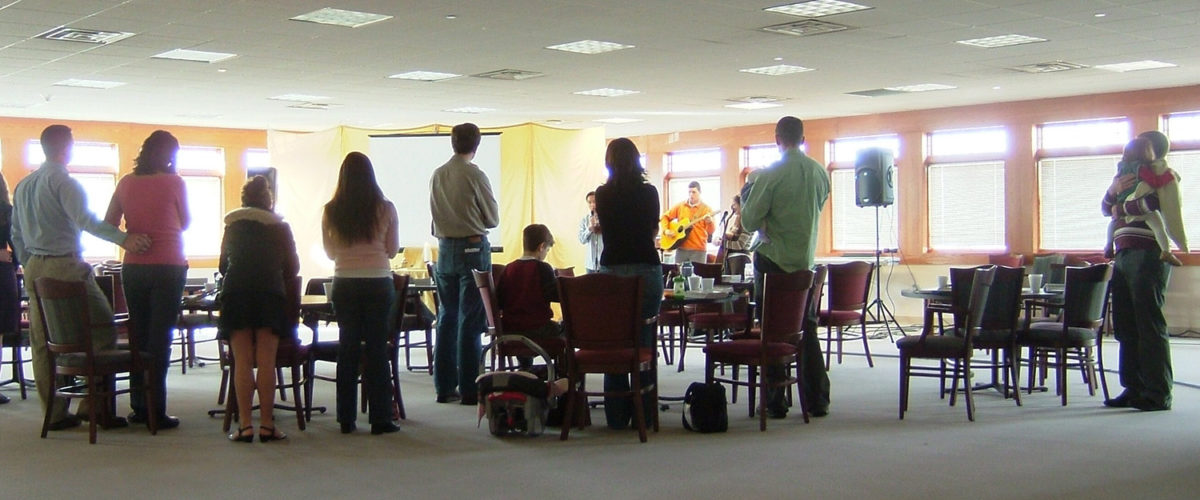Church planting has never been easy, but it seems to be getting a lot harder in an age of nones, dones and young people who just don’t join things.
As a result, those new to the field of launching new congregations should avoid comparing past with current measures of success, Ed Stetzer, a professor of church, mission and evangelism at Wheaton College, said in a recent Christianity Today article.
“So, you are probably not going to have 1,000 in a year, and it will be harder than you think, but knowing that will help you reach people as you grow,” Stetzer said in the Feb. 7 article titled “Are You on Track if You Lead a Church of Less Than 100?”
Susan Rogers certainly thinks so.
She is the founding pastor of The Well at Springfield, a missional faith community in Jacksonville, Fla., that began as a Cooperative Baptist church plant six years ago.
The Well has consistently seen about 30 in Sunday worship, with spikes now and then, roughly since its beginning. The congregation does not use a membership system and no effort was made to predict numbers before its launch.
“I didn’t have a sense of that,” Rogers said. “My mission was never to become a certain size. That was just something we never talked about.”
Even today, congregational growth isn’t all that popular of a topic among those who call The Well their spiritual home.
The subject was raised during a meeting on Wednesday night, Rogers said. The conclusion was to put numerical growth beneath the strengthening of relationships within the congregation and surrounding community.
That was the same focus of demographic studies Rogers conducted when The Well was in the planning stages. Instead of zeroing in on Jacksonville neighborhoods with new homes, young families and a lot of potential growth, she was drawn to Springfield.
The community is predominately African American, has a lot of single-mother households and a very low median income, she said. But it is also a community in transition, with revitalization creating an intersection between rich and poor.
“I wanted to be part of that,” Rogers said. “It was a beautiful opportunity for the church to see what love and peace and equality and justice look like at that intersection.”
She knew Springfield could be a challenging place to minister. But she was compelled to follow her calling.
“I was told a church starter should go where they feel alive,” Rogers said. “You must utilize your passion or else you are really just going to drain yourself.”
“I was told a church starter should go where they feel alive. You must utilize your passion or else you are really just going to drain yourself.”
The people of The Well have since developed their own metrics for success, including helping with existing community improvement projects and schools. And Rogers has become an unofficial pastor for much of the community, performing weddings, funerals and offering counseling for residents who do not attend church.
“Since we started, I have spent a lot of time cultivating relationships with my neighbors,” said Rogers, who also lives in Springfield.
Some of them tell her, “’I don’t have a church, but I really wish I had a minister right now.’”
Stetzer’s advice for church planters is to examine the statistical realities of church planting and remember they haven’t failed if their numbers stay low.
For Rogers and The Well, it’s about having different priorities altogether.
“I don’t want us to be defined by a number at all, that we are a ‘small church,’” she said. “We just want to be faithful to our calling.”




